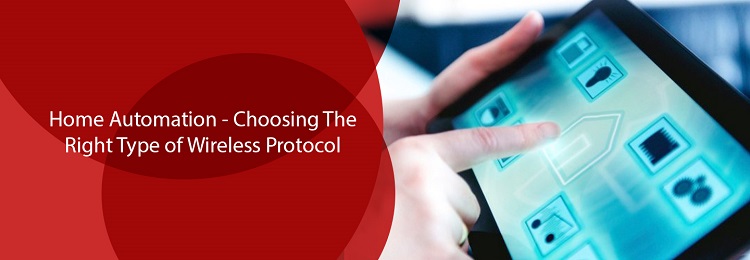There are three primary operating standards for smart home technology: Wi-Fi, Z-Wave, and Zigbee. However, there are more standards, or protocols that you can use to create your smart home, but these three are the most commonly used.
That said, how do you know which one of these three dominant wireless protocols is the best for your home automation setup? That is why in this article we will be discussing how each of these protocols connects your smart home devices.
Let’s dig in!
Connecting Smart Home Devices to Your Home Assistant
There are several devices compatible with Home Assistant. Some of these devices connect via cloud services, whereas others work by communication through a central unit. Despite all of this, there are devices that can communicate over your home network.
For a smart device to be truly useful, it must have a wireless connectivity feature. As shared earlier, the three major protocols being used by smart devices are Wi-Fi, Z-Wave, and Zigbee. We will go into depth for each of them in the latter part of this article.
Before we start, you need to understand what a wireless spectrum is. Spectra is measured in hertz. 1 billion hertz is equivalent to one gigahertz. The larger the number of hertz, the more data can be easily transmitted. Your connection will also be much faster.
That said, higher frequencies are at risk of interference and don’t travel that well through solid objects. Whereas, lower frequencies can easily pass through solid objects and travel further, but aren’t able to transmit much data.
Here’s more about the three wireless protocols:
Wi-Fi
Among the three wireless protocols, Wi-Fi is the most widely known and used. Devices that use this standard, as the simplest to get up and running if starting from scratch. The reason is that almost anyone who’s interested in smart homes is already using a Wi-Fi router or has an access point.
Moreover, Wi-Fi is considered to be one of the most essential things in our day-to-day life. Hence, IoT devices that work through the Wi-Fi protocol need no additional hardware to start their work.
All you need to do is plug in your new device, launch the device’s app, create your account, and you’re all set! It’s important that you know that almost all low-priced and moderate-priced IoT devices work through the 2.4GHz wireless spectrum.
Almost every other device uses this wireless spectrum. Although smart devices don’t exactly have a lot of bandwidth, if they struggle to transmit data due to there being too much crowd on the spectrum, you will receive mixed responses from your automation.
In other words, the more devices on a Wi-Fi network, the higher the probability that someone on the same network will have to wait for a while to communicate.
Z-Wave
Z-Wave is a closed protocol. The company Zensys, controls and maintains this protocol. The fact that it’s controlled by a single organization, it’s guaranteed for all devices to work.
This means you’ll never have to stress about which device to purchase from which manufacturer as they’ll always work no matter what. Z-Waves works through the 0.9GHz spectrum, meaning it runs from a large range of popular protocols.
However, you will need a central hub to coordinate all your smart devices on a Z-Wave protocol. This could either be a positive or negative thing, a site can only travel through 4 devices to get a signal.
You’ll need a rather good path from the network back to the hub. It also reduced the maximum latency of the ecosystem. That said, the more the device it needs to travel through, the longer a device takes to respond.
Zigbee
In comparison to Z-Wave, Zigbee is an open wireless protocol. Now whether it’s beneficial to you or not, totally depends on your perspective. Since it’s an open protocol, manufacturers can always change the implementation to better suit their products.
Having the same wireless protocol means that all devices on this protocol can hear one another but might not understand one another because of the different implementations. And if that were to happen, you might just end up swearing on several networks that can easily interfere with one another.
Similar to Z-Wave, Zigbee uses a mesh network but has limitless devices that can use the hub to communicate.
Conclusion
All three protocols come with their set of pros and cons. Perhaps you lead to have some understanding of them, which allows you to choose your smart devices smartly. Rather than deciding which smart device to buy, it’s better to understand all three protocols first.

